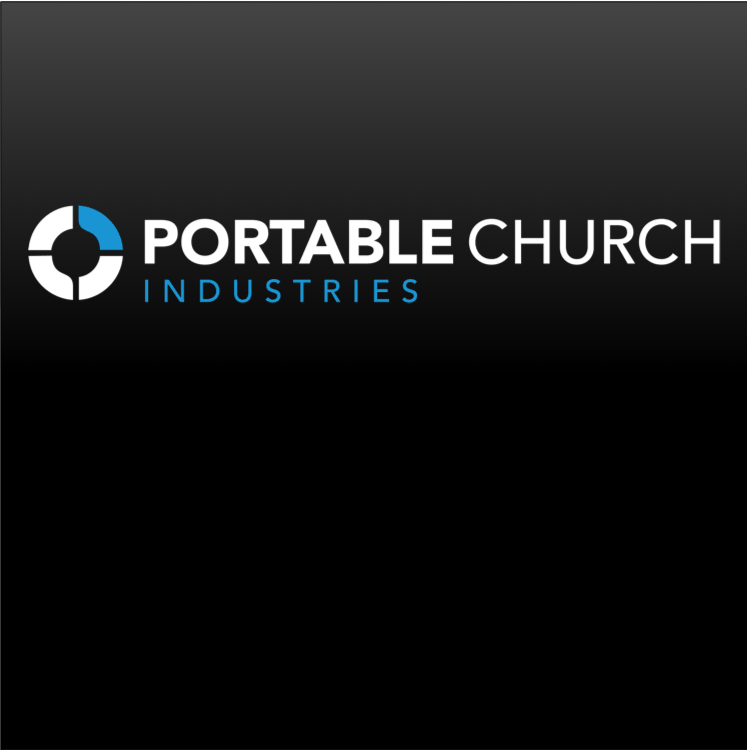By Portable Church Industries: After working with multisite churches for over 25 years, we have seen churches launch campuses a lot of different ways. We have found there are generally 5 main ways to do it – and they all come with a list of pros and cons.
*Watch the entirety of the vlog for a deeper dive into each of these bullet points.
To start, we believe the best way for the multisite church to grow and thrive is to have some balance of these 5 methods of campuses. We LOVE launching churches portably, but we know each option carries it’s own advantages!
1. Greenbuild
This is when a church buys a piece of land and then goes to work dreaming, designing, and eventually building. This includes going through the lengthy and labor-intensive process of vision casting, raising money, and getting loans.
- Pros include: The pros of this method are that you get exactly what you want. It’s your vision, your DNA and your design all the way through. The final product is a 24/7 presence being established in a specific community.
- Cons include: By far this is the most time consuming and most expensive way to launch. A new building could turn out to become a lid that can cap your growth – too big or too small, it is what it is and it could be a VERY expensive mistake if you get it wrong. The time it takes to go through this process sacrifices real-time dynamic growth.
2. Buying Commercial
Because of the way our economy is shifting, more big-box stores are closing and becoming available to the church (as well as other businesses).
- Pros include: There are a ton of great locations out there, and typically located in prime spots with excellent accessibility and visibility. The shell is already built and usually accommodates the zoning requirements for church ministry. They provide a great established building and they can be built out in a manner that makes sense for a church.
- Cons include: The main con is that, just like a green build above, if you buy a commercial building, while you do have it 24/7, most churches will outgrow that facility.
3. Leasing Commercial
Leasing a commercial property for 5-10 years with good net terms.
- Pros include: If you get the right terms, the landlord could end up taking care of the big details… the roof, parking lot, HVAC, shell structure, some of the mechanicals, and more. At the end of the terms, the church has an opportunity to evaluate the facility all over again – stay if it still fits or leaves if it doesn’t. No permanent lid!
- Cons include: Same as buying a commercial property, you may outgrow the facility. If that happens and you have to move, you have to leave the buildout investment behind.
4. Mergers
This redemption process in the church where (typically) older exhausted churches get resources and renewed vision from a healthy, growing, and vibrant church.
- Pros include: Existing structures with existing presence. An opportunity to pour in new resources to impact facilities or ministry in an established community. The church is refreshed and refueled to serve the community it is already in.
- Cons include: Mergers takes time, patience, and often leadership capital. It is a dynamic process where trust needs to be built and things need to be handled carefully between two long-standing entities. There can be hard costs (money) and soft costs (people) associated with mergers.
5. Portably
Renting week to week the venue that you hold your service in.
- Pros include: This can be done with great excellence! Portability can also accelerate the growth process of your church. But some of the greatest pros for multisite churches are the time and money savings.
- We are going to do a much deeper dive into this in a coming blog post including the cons. This is proving to be a huge key to unlocking the possibilities for multisite churches with an aggressive multiplication goal.
All of these methods and much more are talked about in greater detail in our new resource The Kryptonite of Multisite Momentum.
The video also highlights other resources available for church leaders as they are navigating this decision. Such as our eBook that talks about choosing the right facility as well as a Facility Cost Comparison Matrix.
